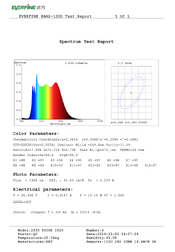Dear Rene Boehmer:
Ah, thanks for the context. Now we know what you are trying to do and maybe the advice will be more to the point and helpful.
The problem in forums is that often you don't know who you are talking to. It could be a teenager just starting out or a grizzled and seasoned photographer who has been there and done that.
I guess a solution to that problem would be if the name doesn't ring a bell then look at the poster's profile before replying. Won't happen, of course.
Ah, thanks for the context. Now we know what you are trying to do and maybe the advice will be more to the point and helpful.
The problem in forums is that often you don't know who you are talking to. It could be a teenager just starting out or a grizzled and seasoned photographer who has been there and done that.
I guess a solution to that problem would be if the name doesn't ring a bell then look at the poster's profile before replying. Won't happen, of course.












